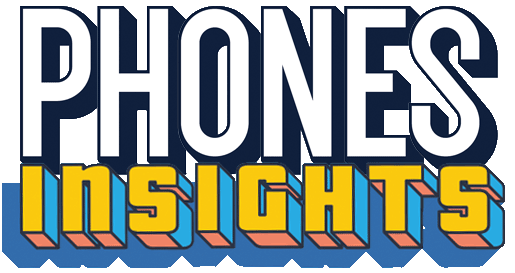What you should know
- Apple has announced that iPhones will support RCS (Rich Communication Services) texting, a move long pressured by Google and Android. This decision has implications beyond smartphone communication, affecting social dynamics as well.
- RCS is a communication protocol designed to succeed SMS, offering features such as longer texts, high-resolution multimedia, read receipts, and encryption. However, unlike SMS, it requires a data plan or Wi-Fi to function.
- RCS support on iPhones is expected to go live in 2024, likely with the release of iOS 18. However, Apple will only support the baseline RCS Universal Standard and not Google’s proprietary extension to RCS, meaning there will be no end-to-end encryption when Apple and Android users text each other.
- Despite the introduction of RCS support, the green bubbles that iPhone users see when an SMS/MMS message arrives will still be present. However, the overall texting experience will be significantly improved with the introduction of RCS to iPhones.
Full Story
Well, folks, here’s a twist no one saw coming. Apple, after years of pressure from Google and Android, has finally given in. They’ve announced that iPhones will now support RCS texting. It came out of nowhere, but the impact of this announcement is massive. It’s not just about smartphones anymore, it’s about the social fabric itself.
You’ve probably heard of the “Blue vs green bubble wars”. It’s not just tech users who are concerned about it. Parents, psychologists, and even celebrities have been drawn into the debate. But what does RCS support on iPhones mean for you? Let’s delve a bit deeper.
So, what is RCS (Rich Communication Services)? In layman’s terms, it’s a new protocol for text messaging that’s set to replace SMS. Unlike the old (but still crucial and irreplaceable) SMS system, RCS needs a data plan or Wi-Fi to work. It supports longer texts, high-resolution multimedia, read receipts, encryption, and more. It’s known by different names worldwide, such as Advanced Messaging, joyn, SMSoIP, Message+, or SMS+.
RCS has been around for over 15 years. It was proposed to the GSM Association in 2007, but it wasn’t until Google decided to invest in it heavily in 2015 that it was designed as the successor to the SMS message protocol. The SMS technology was developed in the 80s. It’s a way to send text-only messages of up to 160 characters between phones. The first SMS message, “Merry Christmas,” was sent in December 1992 by Vodafone engineer Neil Papworth to his boss. By 1995, most carriers had launched SMS commercially.
SMS is reliable and stable. Every phone and carrier supports it, so even a Nokia 3310 owner can communicate with someone who owns the latest Galaxy Ultra from the flagship S line. SMS doesn’t require a data plan or Wi-Fi, because SMS texts travel over the same channels as voice calls. But, SMS technology is limited in terms of features and, crucially, security.
Even today, 30 years after its commercial launch, when an Android phone user texts an iPhone, the message is still SMS. That’s why the messages iPhone users get from Android are in green bubbles. It indicates that it’s an SMS, not an iMessage (Apple’s messaging service that requires a data plan or Wi-Fi connection and offers more than SMS).
RCS vs iMessage? RCS supports much longer messages, high-resolution photos and videos, read receipts of the texts, typing indicators, group chats, stickers, reactions, and more. There are two major variations of RCS – the RCS Universal Standard and Google’s version. The two are compatible, but Google has added some extra layers on top of it that the Universal Standard lacks – like end-to-end message encryption. It’s similar to Apple’s iMessage, but there are differences. iMessage offers stickers and Memojis, as well as the ability to edit or unsend a message.
So, does this mean Apple and Android owners can now text each other encrypted? Not so fast. RCS support on iPhones is expected to go live sometime in 2024. Apple hasn’t given a specific date, but it’s reasonable to expect RCS support with the release of iOS 18.
The devil, as they say, is in the details. Apple will not support Google’s proprietary extension to RCS, but only the baseline RCS Universal Standard. This means no E2EE (end-to-end encryption) when Apple and Android users text each other. Apple says it will work with the GSM Association to improve the baseline RCS protocol. The rest of the texting experience, though, will be vastly improved once RCS is introduced to iPhones.
Here’s what Android and Apple users can expect from Apple’s RCS support: Texting via Wi-Fi and mobile data, read receipts, typing indicators, location sharing, high-resolution photos/videos. For iPhone-to-iPhone texting, nothing will change with the iMessage service once RCS is adopted.
But will the green bubbles finally go away? Nope. Apple has stated that with the introduction of RCS support the green bubbles that iPhone users get when an SMS/MMS message arrives will still be a thing. Some hope that Apple at least chooses to use a different shade of green to differentiate between SMS/MMS and RCS.

